Mesut Karakış
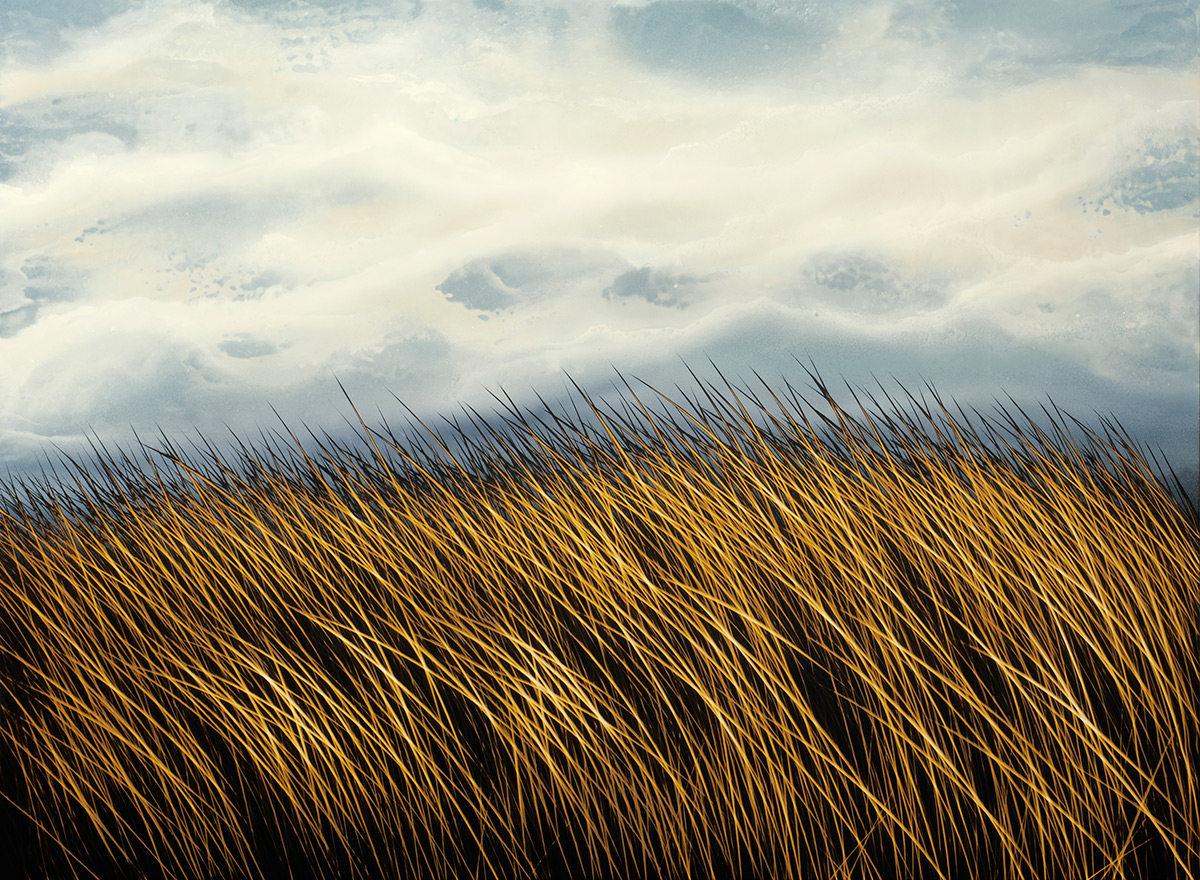
İsimsiz (Untitled), 2023
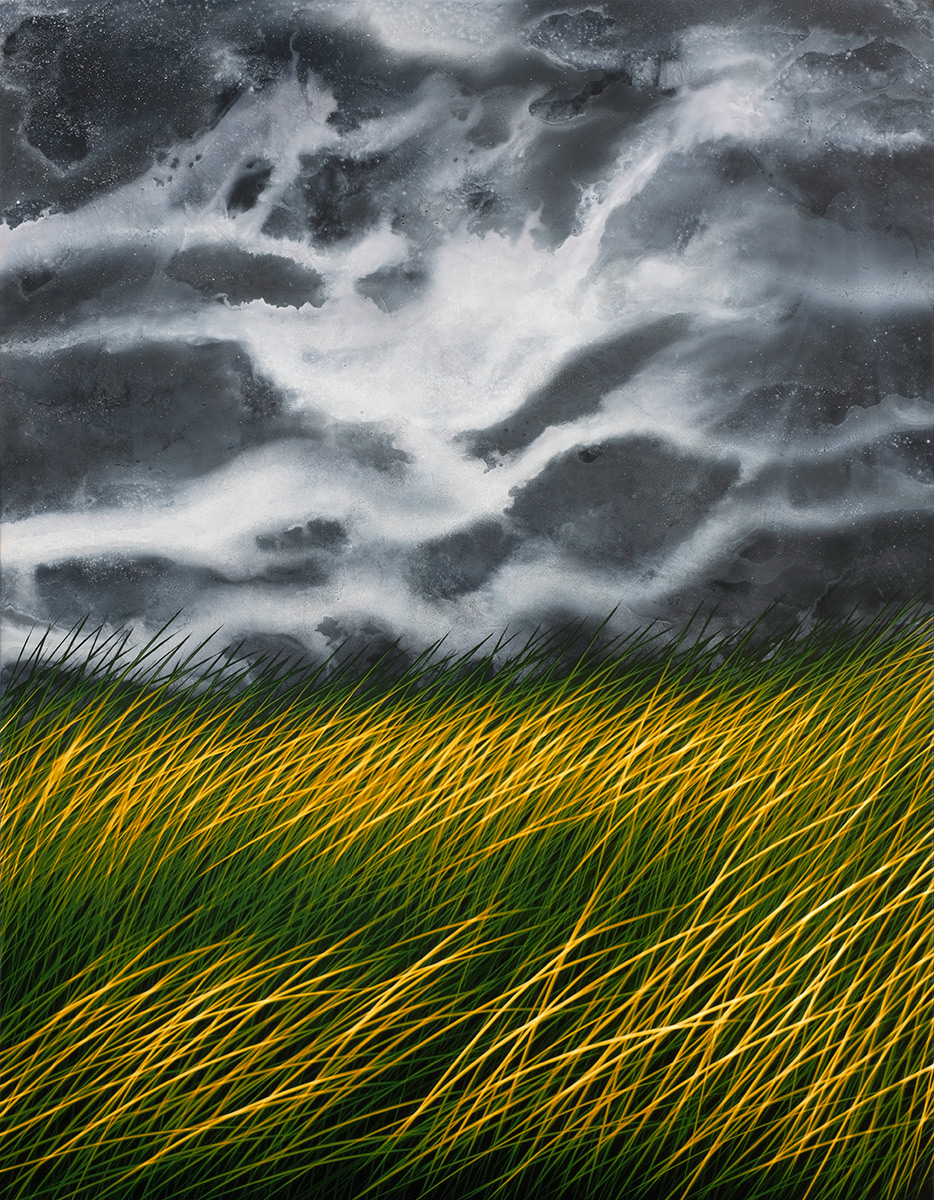
İsimsiz (Untitled), 2023
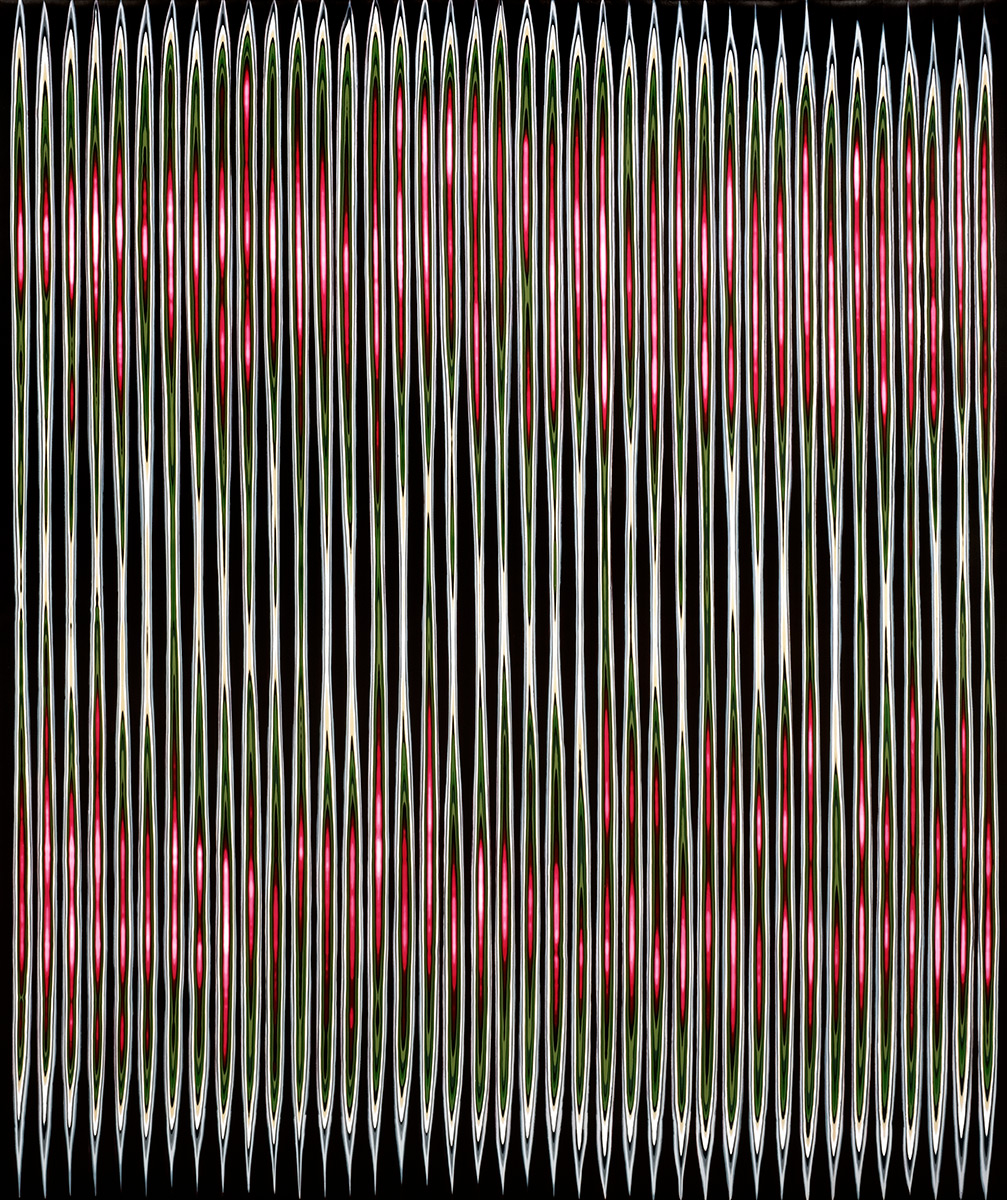
İsimsiz (Untitled), 2023
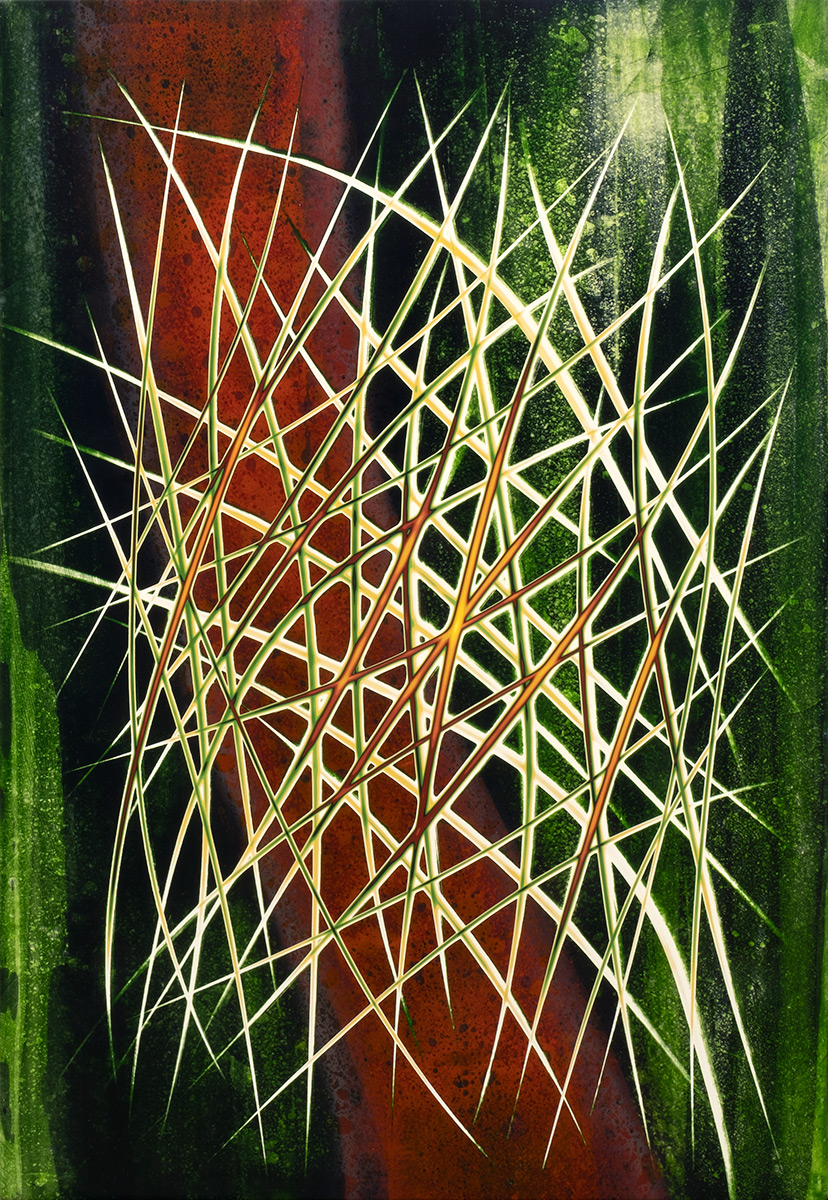
İsimsiz (Untitled), 2023
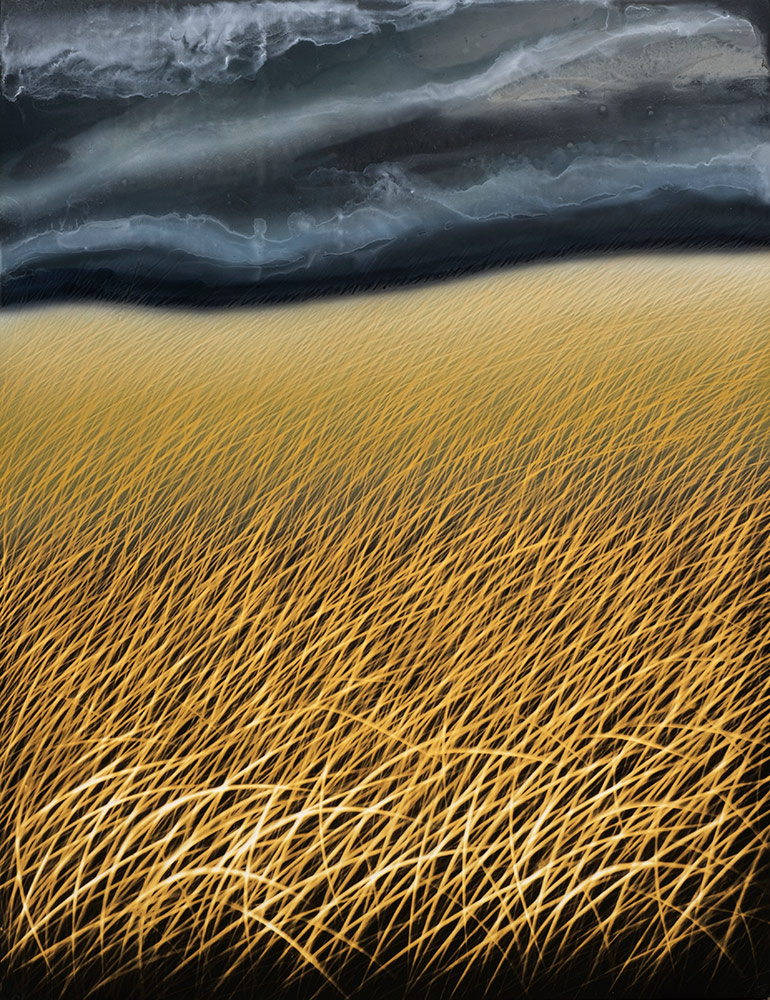
İsimsiz (Untitled), 2023
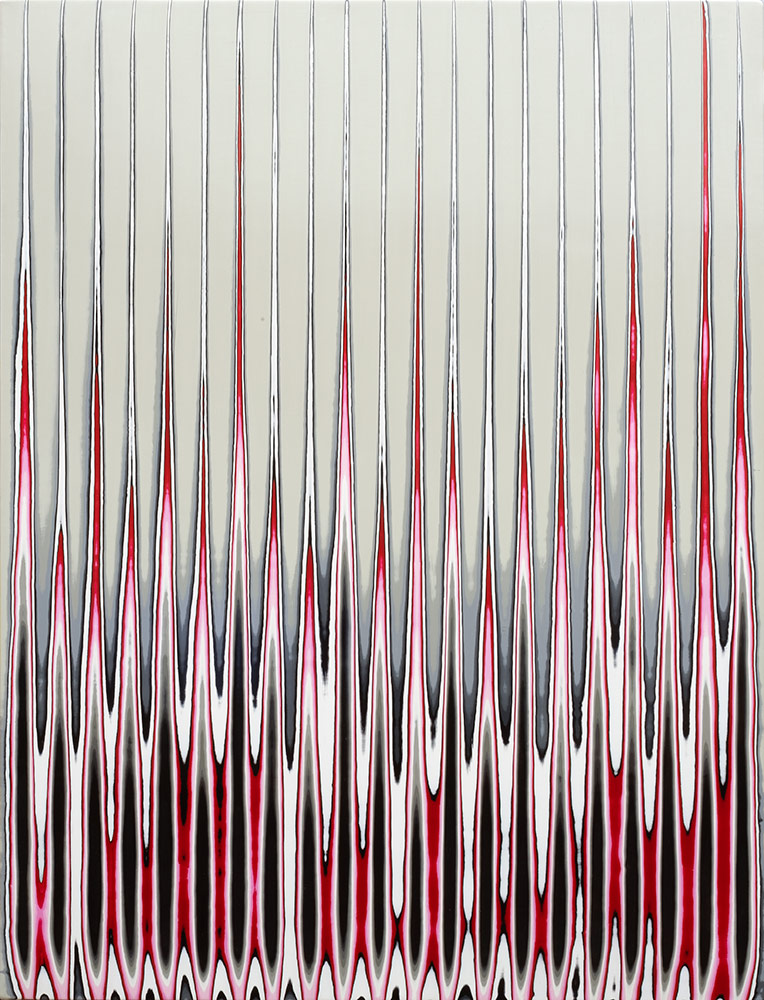
İsimsiz (Untitled), 2022
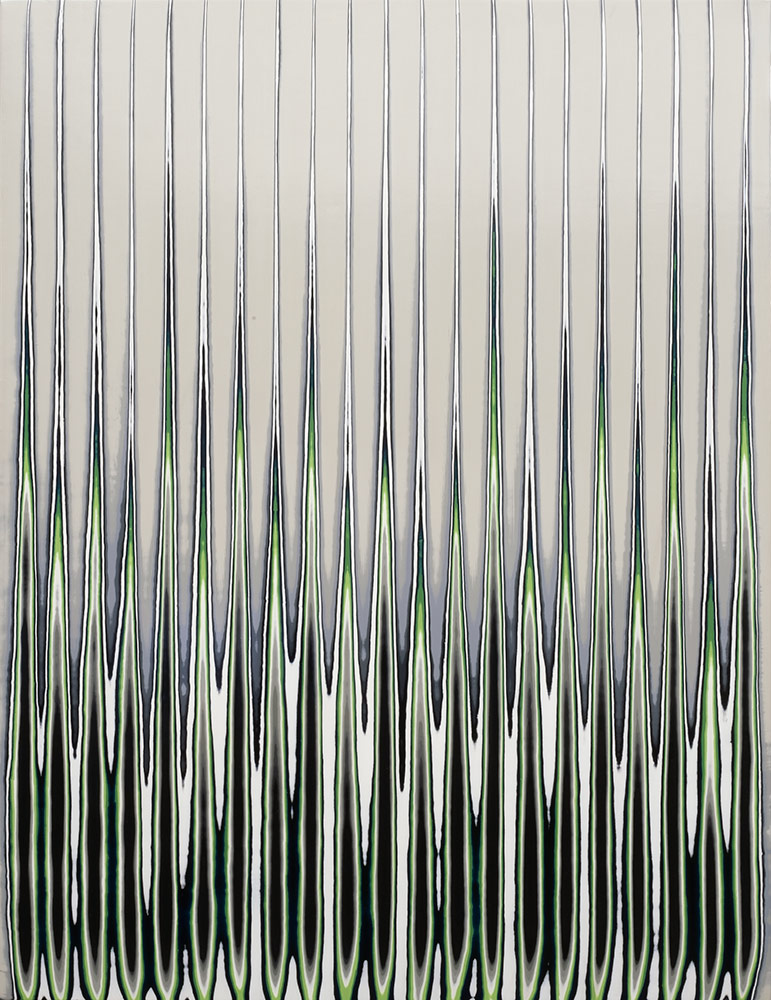
İsimsiz (Untitled), 2022
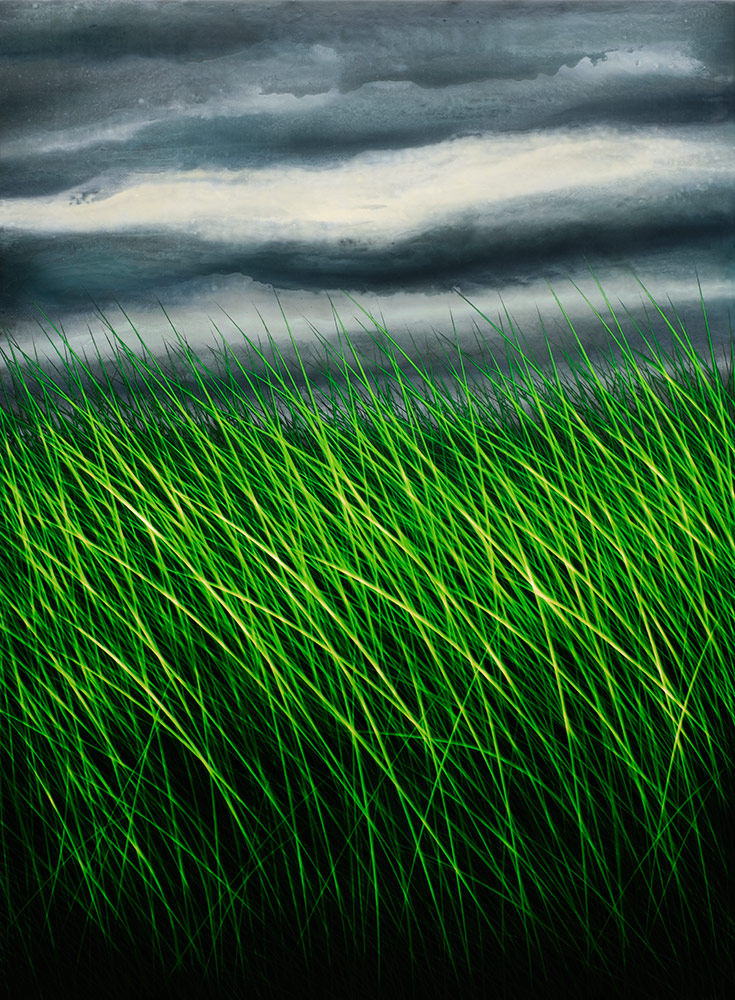
İsimsiz (Untitled), 2022
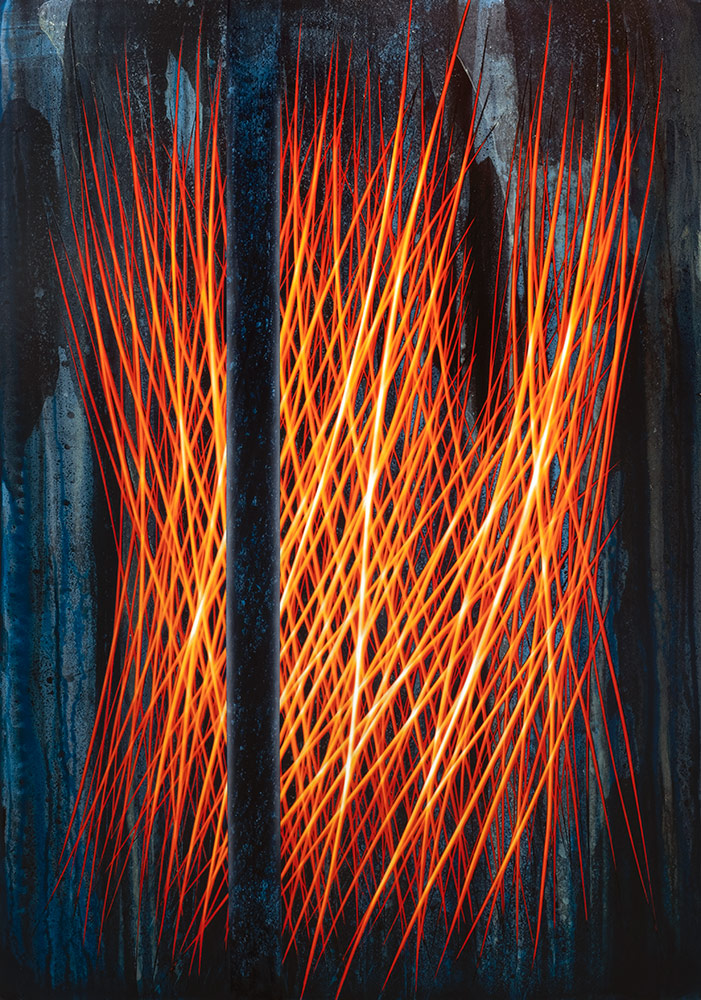
İsimsiz (Untitled), 2022
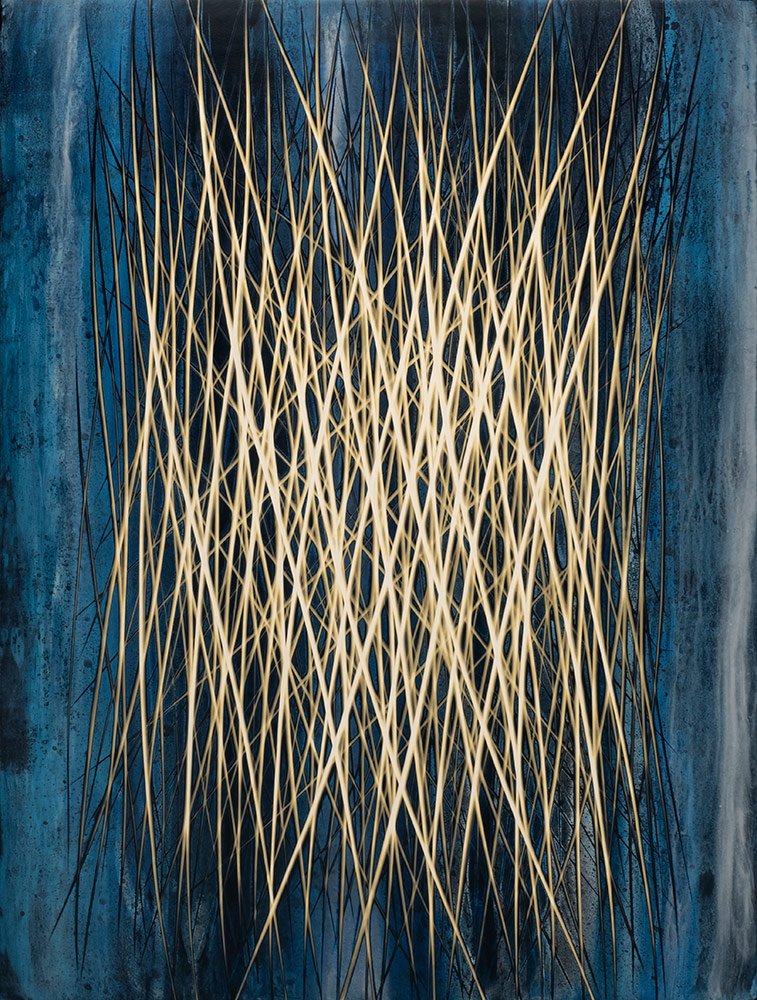
İsimsiz (Untitled), 2022
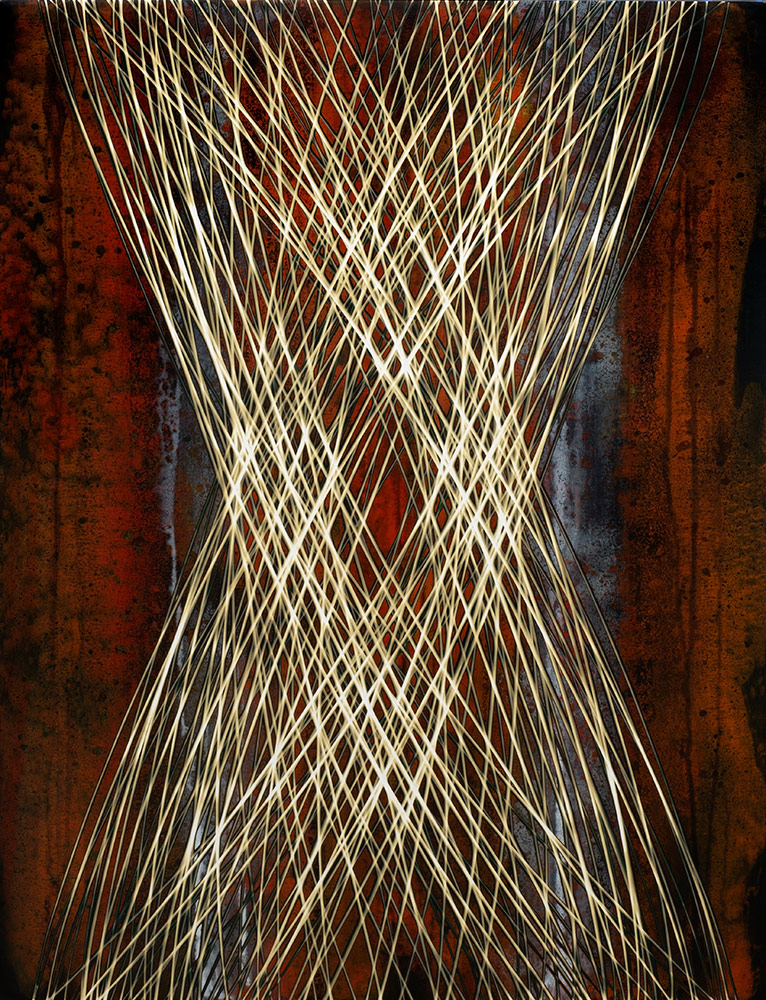
İsimsiz (Untitled), 2022
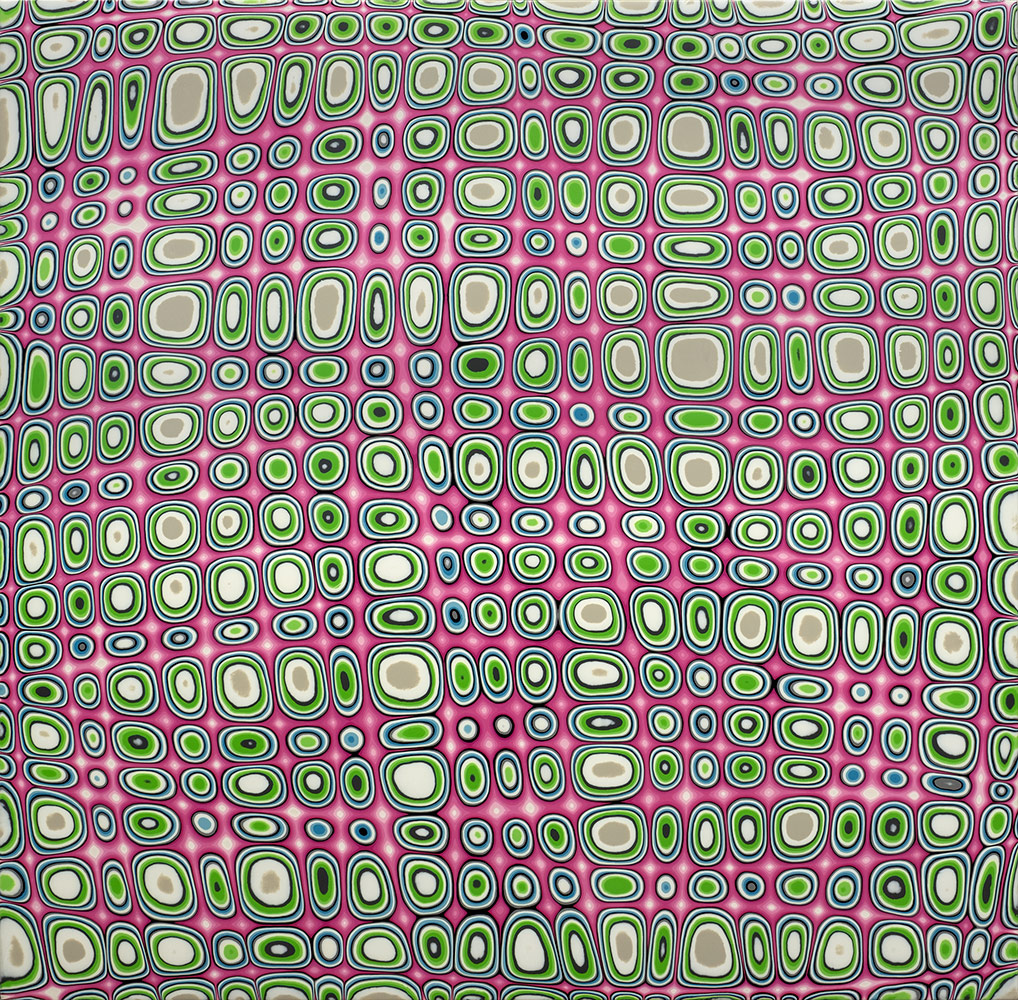
İsimsiz (Untitled), 2022
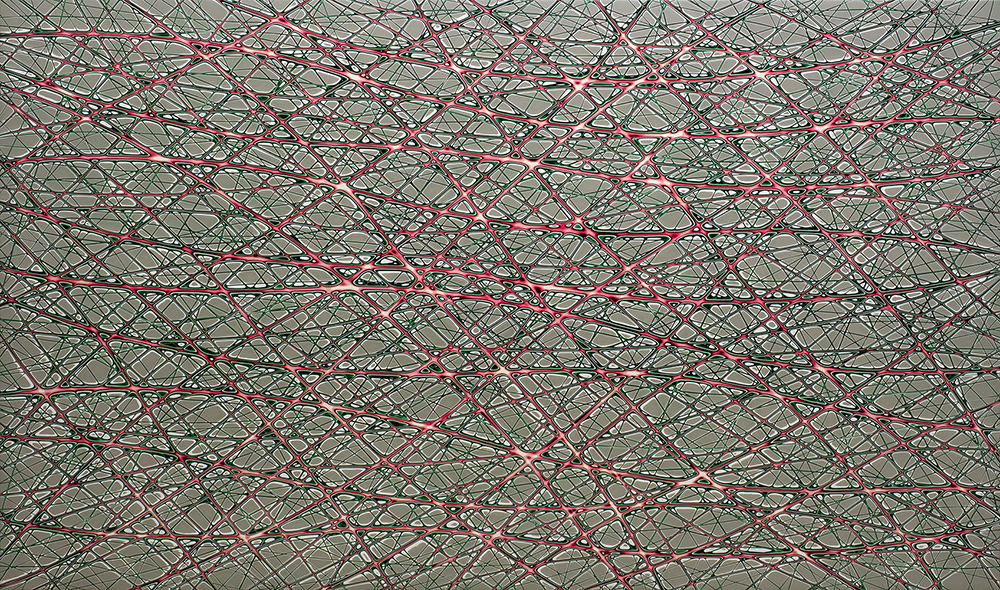
Untitled (İsimsiz), 2022
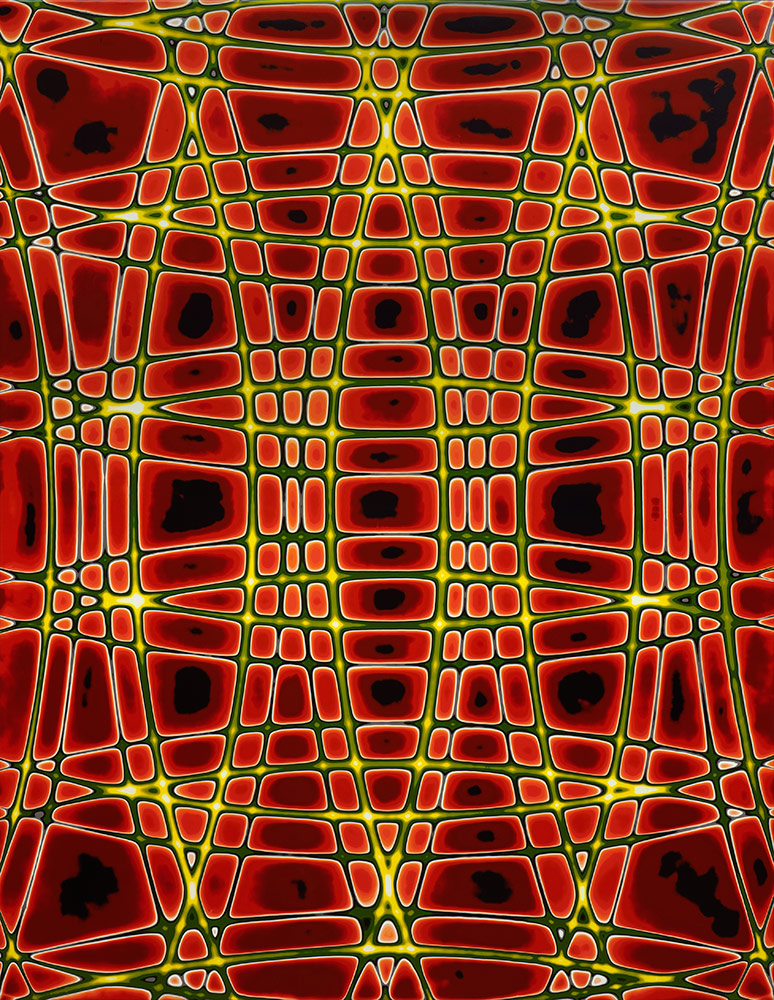
Untitled (İsimsiz), 2021
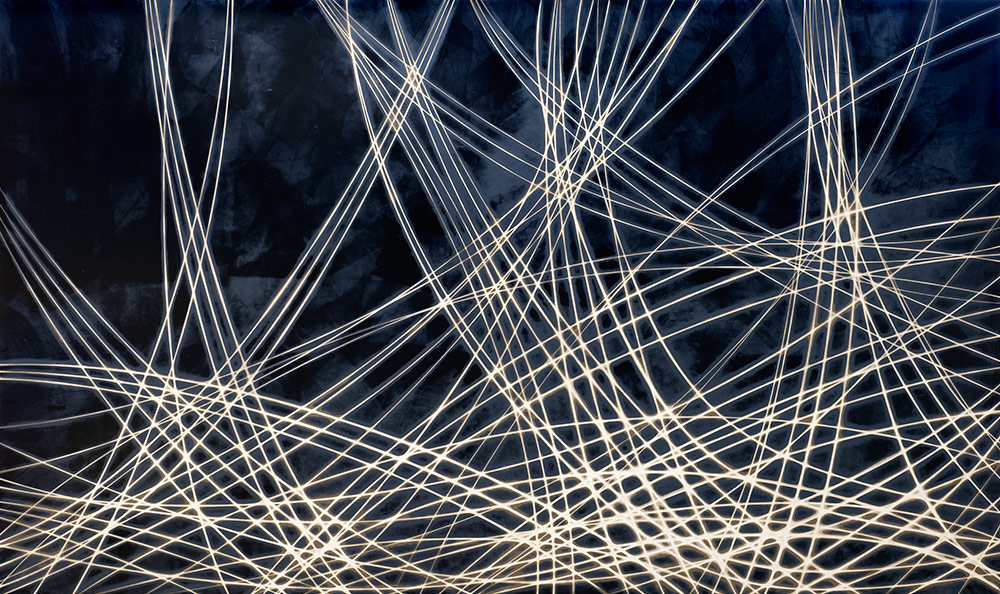
İsimsiz (Untitled), 2021

İsimsiz (Untitled), 2021
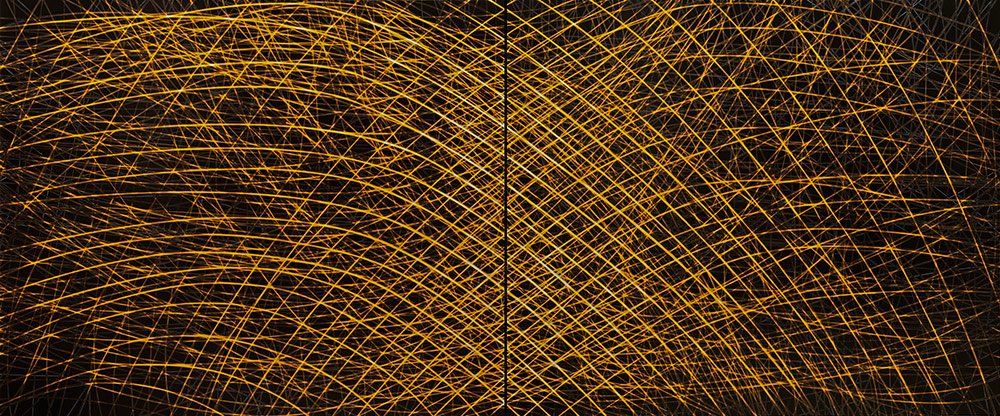
İsimsiz (Untitled), 2020

İsimsiz (Untitled), 2021
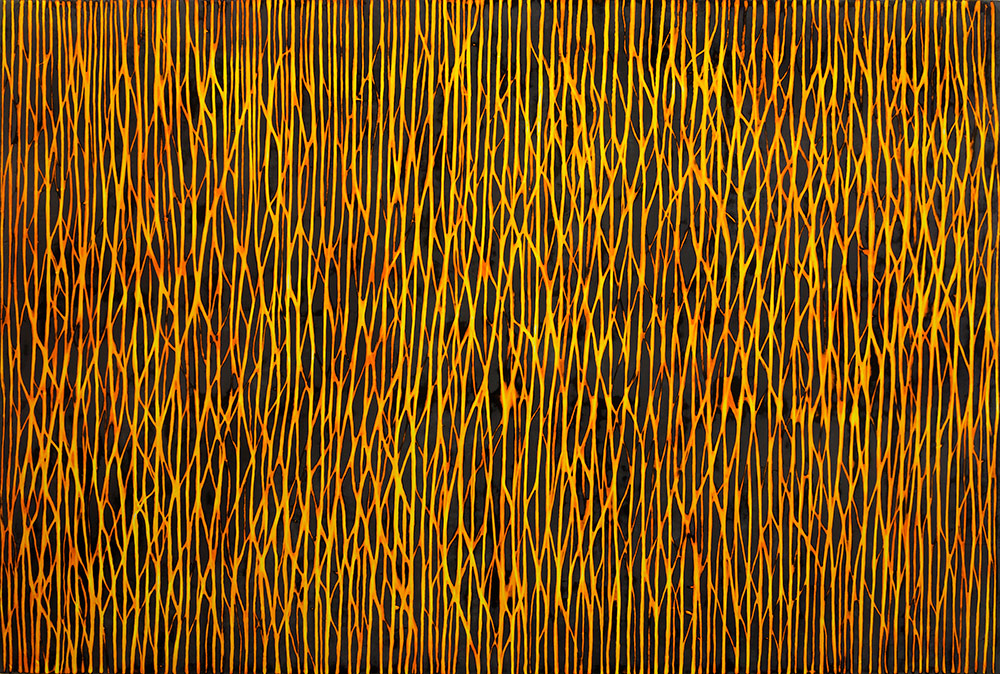
İsimsiz (Untitled), 2020
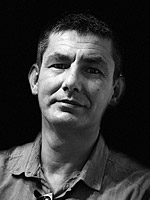
Biography:
Born in 1976, Sakarya, Turkey
1995-1999 Marmara University, Faculty of Fine Arts, Department of Painting (Hüsamettin Koçan Workshop)
2000-2015 Worked as an assistant to Prof. Dr. Tayfun Erdoğmuş
Lives and works in Istanbul, Turkey
Personal Exhibitions:
2021 Layers and Grooves, Galeri 77, Istanbul, Turkey
2020 Serial Beauty, Galeri 77, Istanbul, Turkey
2019 A Glipmse into The Void, Galeri 77, Istanbul, Turkey
Group Exhibitions:
2021 Contemporary Istanbul, with Galeri 77, Istanbul, Turkey
2021 Preview, Galeri 77, İstanbul, Türkiye
2020 Contemporary Istanbul, with Galeri 77, Istanbul, Turkey
2020 STEP İstanbul, with Galeri 77, Taksim 360 Project, Istanbul, Turkey
2020 Remember Me (Hatırla Beni), Galeri 77, Istanbul, Turkey
2019 Down Memory Lane (Geçmiş Zaman Olur Ki…), Galeri 77, Istanbul, Turkey
2019 STEP Istanbul, with Galeri 77, Tomtom Kırmızı Building, Istanbul, Turkey
2003 Annual Tekel Painting Competition, Istanbul, Turkey
1999 “Passion and the New Wave (Tutku ve Yeni Dalga)” Biennial, Marmara University Faculty of Fine Arts (MÜGSF), Istanbul, Turkey
1998 Culture and Art Activity, Marmara Üniversitesi, Istanbul, Turkey
1998 Young Activity Vol.4 (Genç Etknilik 4), International Association of Art (UPSD), Istanbul, Turkey
1998 Media Celebrities (Medya Meşhurları), Hüsamettin Koçan Workshop, Istanbul, Turkey
Mesut Karakış was born in Sakarya, in 1976. He graduated from Marmara University Faculty of Fine Arts, Hüsamettin Koçan Workshop, Department of Painting. He has participated in various group exhibitions since he was a student. Working as the assistant of Prof. Tayfun Erdoğmuş between 2000-2015, the artist opened his first solo exhibition "A Glimpse into the Void" in 2019 and his second solo exhibition "Serial Beauty" in 2020 in Galeri 77. He currently works and resides in Istanbul.
For formalist painters like Mesut Karakış, shapes and colors are the only artistic elements that matter. Focusing on the intrinsic structure of painting itself, the work’s composition aims for a maximal aesthetic impact and retinal effect. Mesut Karakış counts among these innovative artists that push abstract painting beyond its classic limits for opening-up new ways of production and reception.
Mesut Karakış’ sophisticated and individual painting technique shifts permanently between construction and destruction. In his paintings, the final image that appears on the foreground is not painted with a brush. The artist uses a chemical reaction between water and acrylic paint for disengaging and dissolving certain parts of the color from the ground. Every painting begins with surfaces being treated one layer at a time as part of a personal composition. During this process, each acrylic color layer which are themselves the product of different densities of paint reapplied according to composition and color palette, is redefined by interacting with both the previous and the next layers. After sheeting of the surface is finished, individual layers are thinned and reduced by being sandpapered and patinated according to the plan of each composition. Through this process of reduction, the colors and textures in the lower layers become evident and come to surface, revealing a whole new look and impression. The depth and the textural value of the work when seen from a distance, together with the flat, smooth surface of the canvas while looked closed enough to touch, serve to create an effect of illusion on the audience.
Artist Statement:
In his paintings, the artist comments on the relation between the forms, spots and colors while drifting towards a more direct figuration. Though his latest works are mainly influenced by patterns of nature, the emphasis lays on a concern of creating colorfulness utilizing depth, effects of emptiness-saturation and transparent transitions.
Every painting begins with surfaces being treated one layer at a time as part of a personal composition. During this process, each acrylic color layer which are themselves the product of different densities of paint reapplied according to composition and color palette, is redefined by interacting with both the previous and the next layers. After sheeting of the surface is finished, individual layers are thinned and reduced by being sandpapered and patinated according to the plan of each composition. Through this process of reduction, the colors and textures in the lower layers become evident and come to surface, revealing a whole new look and impression. The depth and the textural value of the work when seen from a distance, together with the flat, smooth surface of the canvas while looked closed enough to touch, serve to create an effect of illusion on the audience.
Reviews:
THE TENSION BETWEEN FIGURE AND FORM
For more than 150 years, the dispute regarding the role of representation in visual art had parted the world of painting in two groups. On the one side, a large number of artists underlined that freedom and pure originality could only be achieved through a formalist approach to painting. Only then, its psycho-visual impact could be fully released, and art would give up its ancient role of telling stories in order to illustrate matters of the world.
Another large group of painters underlined instead the power of figuration and narration in their oeuvres. Thy believed in the socio-political dimension of art, where individual stories are merged with political history.
At the end of the 20th century though, abstraction and figuration made peace with each other as the postmodern condition of art exposed that formalism and narration do not necessarily have to be opposites or anti-poles. It even went so far that both approaches can be mingled for more adequately reacting to the multi-layered character of today`s highly complex realities.
In this context, the work of Mesut Karakış is a good example for an artist who bridges between the spheres of nature and abstract art. His formalist approach to painting does not hide its sources in the real world and creates so an appealing aesthetic that shifts between representation and abstraction.
For a figurative painter, a tree, for instance, is a subject with an individual life, an appealing story, and even a spiritual aura. The artist shares the stories of its being with the spectator, for whom the tree becomes a part in his own mindscape.
For the abstract artist, the tree is a complex form with lines, shapes and textures. Here, the tree becomes an element of a painterly matrix. The formalism of this artistic act turns realistic references into pure aesthetic matters of abstract art. Its aesthetic pureness aims for a sublime-like stimulation.
Karakış’ artistic development has led him from figuration to abstraction, an evolutionary road that is valid for most representatives of non-objective art or informalism. In earlier series, the referential character of his paintings was stronger, and elements of society and of nature were more concrete. Though, even then, dealing with language, culture or trees, not narration but art-internal issues were of his main interest.
In his current work, the level of abstraction has strongly increased, so that now the self-referential and autarkic character of his paintings is dominant. The pieces show highly dynamic matrixes of lines, thin shapes, complex textures and appealing bride colors.
Mesut Karakış has developed a sophisticated and individual painting technique, which shifts between construction and destruction. During the composition of his pieces, he constantly creates and erases parts of his paintings to formulate his characteristic aesthetic of blurredness and clarity. In the production process, he reveals underlying layers of paint by erasing parts of the upper surface. In this act, shifts of color merge and mingle with each other for creating an extraordinary psycho-visual effect.
The background of his works is mostly white, or lightly colored for supporting the visual effect of the overlaying matrix in the foreground, where a complex texture of horizontal and vertical lines is often formed into a large rectangle-like field. Inside this area, which covers most of the canvas, uncountable lines and small color-shapes formulate a vibrant field that stimulates the retina as well as the mind of the spectator.
Karakış uses mainly warm colors, which he contrasts with black and white in order to support the aesthetic power of his paintings. Already Goethe and Kandisky, as well as Rothko and Newman understood the strength of warm colors, and the importance of complimentary contrasts. Like lava-streams of a volcano, in Karakış’ paintings, red and orange appear frequently in a complex net of swirling stripes and multiple forms. The strong qualities of the colors find a nice counterbalance in the dynamic design of the composition. Together, they form abstract images that have deepness and powerful momentum.
His alternative method of painting, erasing and revealing has not only a visual quality. Indeed, observing various stages of the painting through the exposure of numerous layers of paint is a feast for the eye. Its visual impact is high and appealing. At the same time, the process of creating and destroying, as well as showing and hiding is a fascinating conceptual aspect in his works. Normally, a painter presents his ideas about the world on a rather flat and solid surface. The work is “displaying things”. Everything besides the main idea of the painting stays outside the frame of the canvas. So, the painted matters represent a decision, and indirectly refer to the not-represented ones as well. It is like every selection in life. While you chose something, you neglect all the other options at the same time. Though, we normally only perceive the results in our daily environments. In the art world, we only see the final work being exhibited in the gallery.
Though, we all know, life is much more complex than the images that we see on the surface of our everyday routines or the many screens with which we perceive reality today. Behind every image there are uncountable other images, which lay beneath and form the ground, on which the matter stands. We can call this Visual Culture, or Collective Memory, as well as the Past or the Path of History. Archeology is the scientific field which reveals old and often unknown knowledge through digging deeply into the soil of the earth for revealing cultural objects from a distant past. It exposes yesterday’s memory for a better understanding of today.
In this sense, the painting method of Mesut Karakış not only causes a fantastic aesthetic but also discusses the existential being of painting itself. Through his archeological-like act of digging and revealing, he exposes the nature of painting, and this is the reason why his work positively contributes to the critical regeneration of this ancient field of art.
Prof. Dr. Marcus Graf, Art Historian, Art Writer, Curator
Yeditepe University, Fine Arts Faculty, Art Management Department, Istanbul
2019
***
SERIAL BEAUTY
For formalist painters like Mesut Karakış, shapes and colors are the only artistic elements that matter. Focusing on the intrinsic structure of painting itself, the work’s composition aims for a maximal aesthetic impact and retinal effect. The meaning of such pieces cannot be found in narration, representation or illustration but in the formal and technical ways of expression. Formalist as well as minimalist paintings do not tell a story or communicate a literary content to the spectator. There is nothing besides the actual and specific being of the painting. For this, in 1964, Frank Stella coined the slogan of “What you see is what you see”, and transferred so the popular phrase of “It is what it is” into the intellectual context of art.
These words seem simple. Though, they refer to an over 100-year-old history of modern formalism, as well as to numerous working opportunities and artistic strategies in the art of minimal painting since the 1960’s. At the end of this very intensive evolutional story of modern abstract art, various declarations of abstraction’s death have been made. Nevertheless, there is no final conclusion within sight, as a large group of contemporary artists continue to be engaged in formalism and minimalism. Despite all difficulties, innovative approaches in the fields of aesthetic, material and technique can still be found, so that the history of abstract painting gets further propelled.
Mesut Karakış counts among these innovative artists that push abstract painting beyond its classic limits for opening-up new ways of production and reception. Experimenting with color as well as with alternative painting methods, Karakış’ artistic development has led him from figuration to abstraction. In his current work, the self-referential and autarkic character of his paintings is prevailing. Different from the former series, which were mostly characterized by organic deformation and lyrical ways of expressions, the current paintings are based on geometrical shapes, and show highly dynamic matrixes of lines, thin shapes, complex textures and appealing bride colors. A linear form language based on the grid dominates now his compositions. In rational looking arrays, numerous rectangles and highly complex networks of lines and forms characterize the compositional being of the paintings. Although they seem to refer to urban or to architectural structures as well as to microscope images or to representations for the digital matrix of 0 and 1, the pieces are self-referential. They do not refer to any outer context or outer reality. These paintings are about painting itself.
Mesut Karakış’ sophisticated and individual painting technique shifts permanently between construction and destruction. During the production of his pieces, he constantly creates and erases parts of the paintings to formulate his characteristic aesthetic of blurredness and clarity. In a highly complex dialectic of rational calculating and chance, the pieces refer to the multidimensional being of contemporary painting itself. In between plan and coincidence, on a threshold of various schools of aesthetics, the pieces reveal the richness of the history of abstract painting as well as the current being of our visual culture.
Starting from a white background, dozens of acrylic color layers are put on top of each other. Every layer influences the upper psychovisual effect of the paint above. The multilayered background causes a deep sensual feeling of space and color. On the final foreground, complex textures of horizontal and vertical lines form geometrical nets. Inside his painterly grid, small color-shapes formulate a vibrant field that stimulates the retina as well as the mind of the spectator.
The final image that appears on the foreground is not painted with a brush. Mesut Karakış uses a chemical reaction between water and acrylic paint for disengaging and dissolving certain parts of the color from the ground. After having put dozens of monochrome layers on top of each other, he draws water marks and certain compositional designs onto the surface. During the painting process, like a color-scientist, the artist has to consider and measure time, place, heat, moisture and many other environmental effects on the paint.
Karakış uses water to create the lines and shapes in his paintings. He makes water sink into the color layers, and so removes certain amounts of paint for revealing underlying parts. After reaching a certain deepness that the artist needs for realizing his visual idea, he uses fine sandpaper to take away the water and the dissolved color particles. This is the reason, why the surface of the painting feels as smooth as a plastic surface or a synthetic print.
Karakış contrasts bride colors with black and white in order to strengthen the aesthetic power of his paintings. Especially in the current series, white becomes a compositional void, which pushes the color to the front and so into the focus of the spectator. From the upper part to the lower ones of the paintings, the color scales change from intensiveness to calmness. This not only supports the psycho-visual effect of the color but also increases the feeling of movement and spatial deepness.
In his alternative method of painting, erasing and revealing has not only a visual quality. Indeed, observing the results of this dynamic flux and gazing through the numerous layers of paint is a feast for the eye. Its visual impact is high and appealing. Though, this multilayered transparency and dynamism also refers to the state of our visual culture, where in high speed, pictures and incidents constantly melt into each other just to vanish in the mountain of never-ending images. This is the reason why the processes of creating and destroying, as well as showing and hiding contain conceptual dimensions that refer to the current state of our reality. It is this dialectic that gives his work a meaning and importance that goes beyond the limits of his canvas.
Prof. Dr. Marcus Graf
Art Writer, Curator and Head of the Art and Cultural Management Deptartment in the Fine Arts Faculty at Yeditepe University
2020


